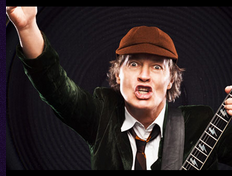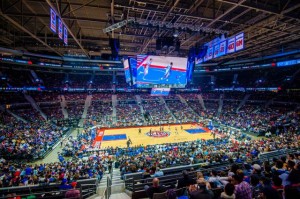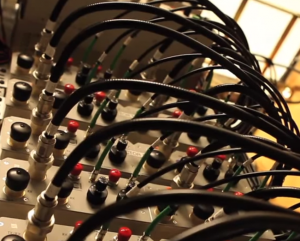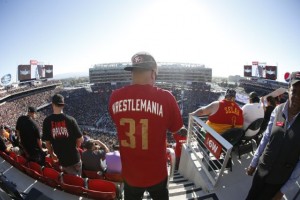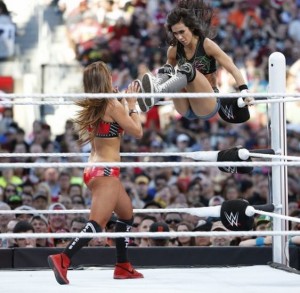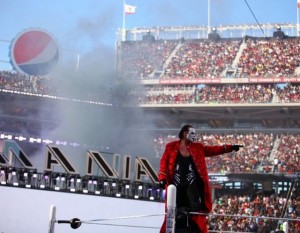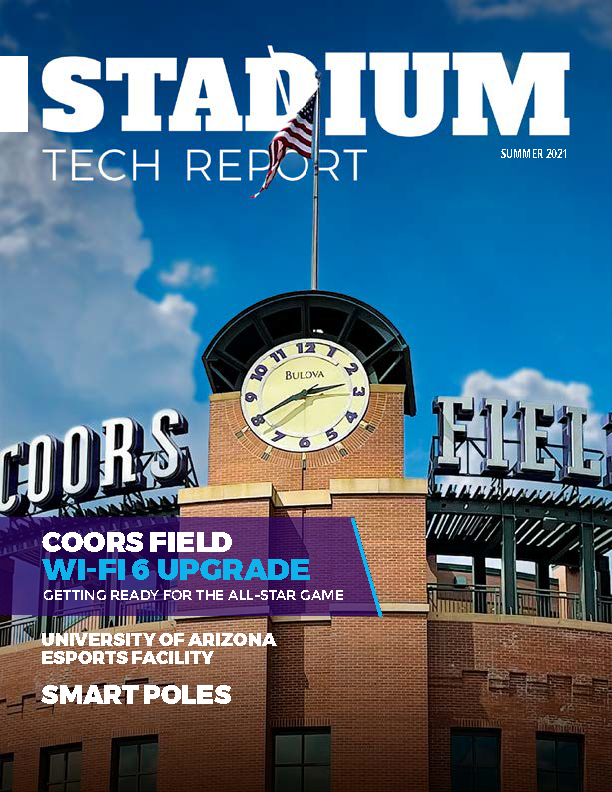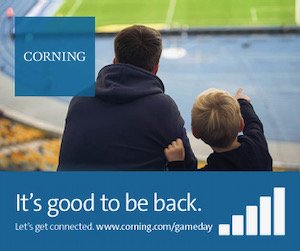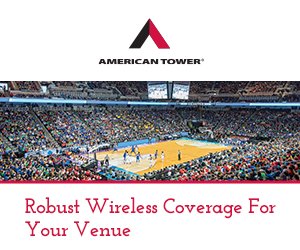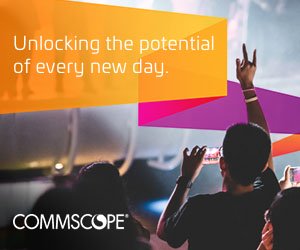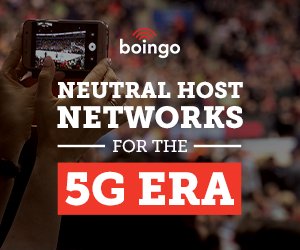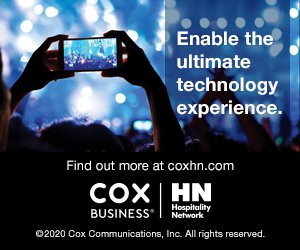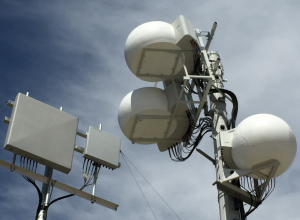
The two “sliced” balls in the center are AT&T’s new “Ten-Ten-Antenna,” so called because it delivers 10x the cellular coverage of any previous such device. Credit all antenna images: AT&T
The Super Bowl-type wireless data numbers were reported by AT&T on its mobile networks at the recent Coachella Valley Music and Arts festival (aka “Coachella”) outside Los Angeles, which this year once again attracted about 100,000 people during the second two weekends in April. If you’re a music fan you may have already heard some of the stories about performers like Drake and Madonna, but here at MSR we’re focused on the wireless stuff and AT&T had some interesting new gear at the event this year, including something it called the “Ten-Ten-Antenna,” which AT&T claims is “one of the largest cellular antennas in the world.”
When we asked why it was called the “Ten-Ten-Antenna,” here is the official response we received from AT&T:
Last year AT&T brought out the “big ball” cellular antenna at Coachella, which is proving to be a pretty worthy testing ground for AT&T and cellular coverage of huge, connected crowds. It’s a good bet that folks attending all-day music festivals may be among the heaviest event data users, given the large amounts of downtime and the numerous chances to take pictures, videos and send messages about sights seen at an event with multiple big-name headliners and lots of crazy regular folk in the audience.The Ten-Ten-Antenna consists of two spherical balls with their tops and bottoms cut off (like a cheese wheel) that send out radio frequency (RF) signals in various directions based on how the network engineers attach transmitting elements to each antenna. This allows technicians to send the cellular signals even more precisely where they need to go, allowing them to be more efficient and provide customers with a better experience. The Ten-Ten-Antenna is able to offer a whopping 10x the capacity of a traditional, single-beam antenna – the most ever for an AT&T antenna or any cellular antenna we know of.
So maybe 12 TB each weekend for two weekends isn’t such a stunning number — but the other factoid that leaped out at us is AT&T’s claim that it has seen data rates at the festival increase 20 TIMES since 2011, a staggering increase that shows no sign of slowing down or plateauing.
Any other big festivals out there with wireless stories to tell? Send them our way!
